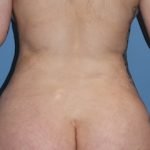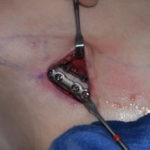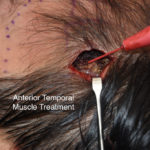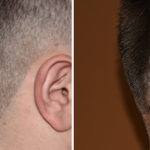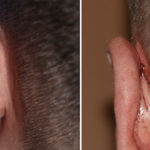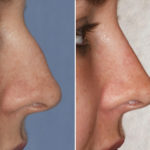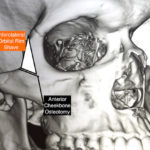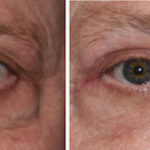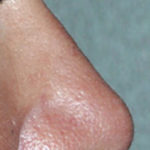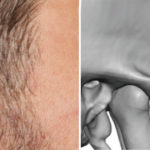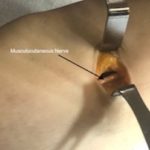Techical Strategies – The Perforated ePTFE Paranasal-Maxillary Midface Implant
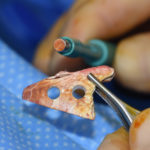
Paranasal augmentation has been done using various techniques for differing anatomic reasons. By history paranasal augmentation meant the placement of a bony implant for a skeletally deficient midface often done in conjunction with rhinoplasty typically in Asian patient with flatter midface profiles. Since the introduction of injectable fillers and with increasing use of fat injections, Read More…

